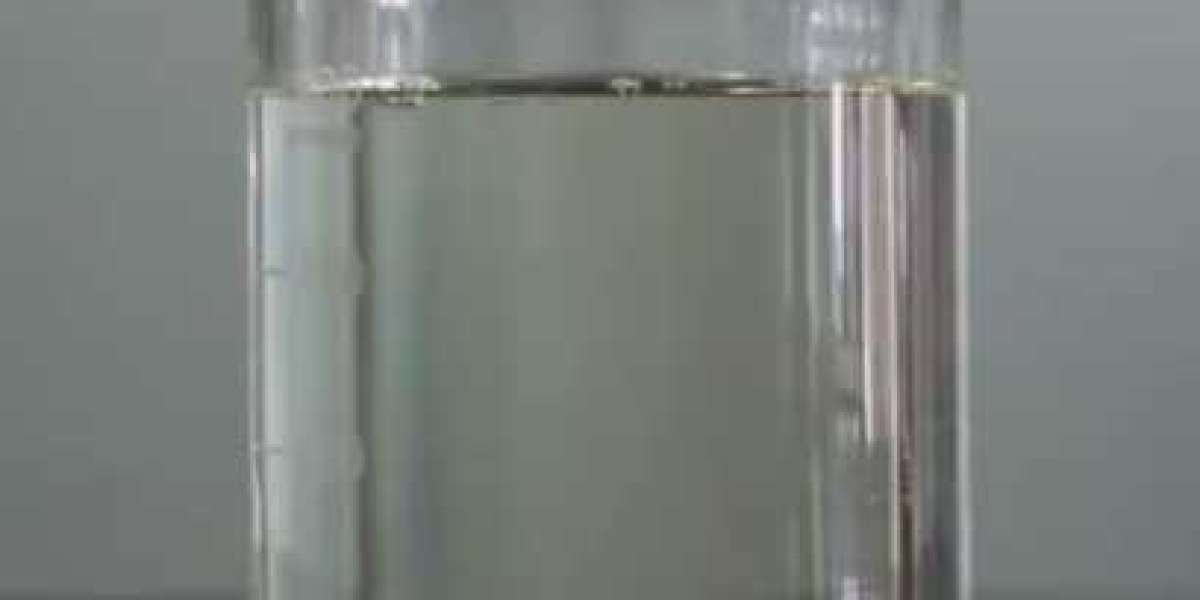p-Aminobenzoic acid is an aromatic compound with a specific chemical structure. As a raw material or auxiliary component in the synthesis of certain drugs, it is susceptible to degradation due to environmental factors such as light, temperature, and humidity during storage, processing, and use, resulting in changes to its chemical structure and loss of its original activity. Therefore, systematically studying the stability characteristics of p-Aminobenzoic acid is crucial for its rational application in pharmaceuticals.
Temperature is a key factor affecting the stability of chemical p-Aminobenzoic acid. High-temperature environments accelerate molecular movement, promoting oxidation or hydrolysis reactions, especially in the presence of water, where the degradation rate may significantly increase. Through accelerated tests to simulate the stability changes under different temperature conditions, the critical storage temperature of p-Aminobenzoic acid can be determined, providing data support for formulating reasonable storage conditions and reducing quality decline due to improper temperature.
Light has a significant impact on the stability of chemical p-Aminobenzoic acid. Strong light, such as ultraviolet rays, may trigger photoreactions within its molecules, leading to structural damage. In the production and storage of formulations, measures such as using brown packaging containers and installing UV-protective equipment in the production workshop should be taken to reduce the impact of light on p-aminobenzoic acid. At the same time, studying the destructive effects of different wavelengths of light can help optimize the light-avoidance plan and enhance protection effectiveness.
The compatibility of chemical p-Aminobenzoic acid with other substances also affects its stability. In compound formulations, it may undergo chemical reactions with other components, generating harmful substances or reducing activity. Therefore, during the formulation design stage, compatibility tests should be conducted to evaluate the stability of p-Aminobenzoic acid in the coexistence with other components, avoiding improper combinations and ensuring the stability of the formulation within the effective period.
In the future, the stability study of chemical p-Aminobenzoic acid will develop towards intelligent monitoring. The development of real-time monitoring systems based on sensors can track the quality changes of p-aminobenzoic acid during production and storage online, and promptly warn of degradation risks. By improving its stability through technologies such as nano-encapsulation, the application scope of p-Aminobenzoic acid can be expanded, providing more comprehensive guarantees for its safe and effective application in the field of pharmaceuticals.
Search
Popular Posts
-
 Exploring Online Sports Betting and How the Sureman Scam Verification Platform Can Protect You
Exploring Online Sports Betting and How the Sureman Scam Verification Platform Can Protect You
-
 Enrol in Best Animation and Multimedia Courses at IDEAMAX Institute
Enrol in Best Animation and Multimedia Courses at IDEAMAX Institute
-
 Betting Battles: Islamic Police Crackdown Escalate as Innovation Company Challenges Nigeria's Betting Giants
Betting Battles: Islamic Police Crackdown Escalate as Innovation Company Challenges Nigeria's Betting Giants
-
 Vibely Mascara Takes Sephora By Storm: A Lash Change?
Vibely Mascara Takes Sephora By Storm: A Lash Change?
-
 Електрорадіатори – сучасне опалення для комфортного життя
Електрорадіатори – сучасне опалення для комфортного життя
Categories
- Real Estate
- Entrepreneur
- Economics and Trade
- Sales & Marketing
- Crypto
- Personal Finance
- Financial Independence
- Business
- Technology Products
- Other Business Products
- News and Politics
- People and Nations
- Pets and Animals
- Places and Regions
- Science and Technology
- 3D DIGITAL TWINS
- ARTIFICIAL INTELLIGENCE
- Other



